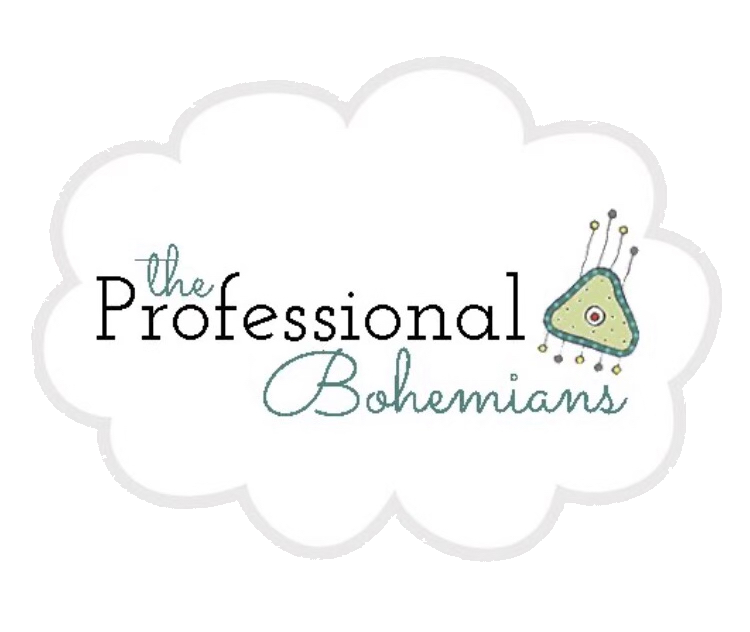A Beloved Old Toy... or the Value of a Story
New toys are not what real toymakers make. Well, that is not true. We do make toys and at first they are new; but they are made to be old. Awesome imaginary friends are designed to be, for lack of a better word, ‘used’. Real toys should be a collaboration between their creators and the people that own them; a journey started by one and made complete by the other.
...for beloved old toys can be read, like stories. A photograph of a worn and abandoned stuffed toy, left behind and alone, plays on our emotions. There is no way we can mentally separate it from its child, its human friend. The matted fur, threadbare cheeks, or missing eye tell us stories of love and childhood companionship. We love the non-present child, and for that we love the toy that remains. There are other things that wrap their histories around them, like comfy quilted blankets... Houses are a good example. The scratches on the back door where a faithful dog asked to be let in, the layers of wallpaper, lovingly chosen by past generations, an old house becomes just as much a friend as any 'real' entity. This concept amazes me. Human beings can infuse life into inanimate objects, simply by loving them. Not only that, the stories they tell through those objects tend to be broadcast through a filter of that love. I remember the sweetness of my young sons when I see their old soft toys. I remember how they gently made sure they were tucked into bed and how they took care their imaginary friends were safely situated next to me on the park bench before they ran off into the wilds of the playground.
Is 'love of the old' something that can be taught? Can we teach our children to better esteem timeworn and not new articles? Appreciation for the stories that are being told all around us and the ability to read those stories in the imperfections of beloved objects can foster a connection to history that is personal and real. We can encourage each other to look deeply at the things existing around us and to love our possessions in a way that allows us to be satisfied with what we have and not always craving more. We can pass on to our children the ability to imagine something into 'life', to create stories that nurture a possession into 'real', and to repair and maintain objects rather than replacing them. We can stress the importance of imagining adventures and creating visions in play that will enable them to become real world changers in adulthood. How can we not? How can we not be worried that our own children, sucked into the virtual abyss of electronics, might not experience the vivid imaginary worlds of our youth? A child that gives life to a toy can turn boxes into boats, cushions into castles, and ribbons into rainbows. This very same child can grow up and make whole new worlds out of fibers and ponderings… create new and wondrous systems for advancement... imagine fine methods of healing the sick... or, quite simply, envision and instigate any number of fantastic improvements to this world that we all share.


